Why Digital Asset Management Is Essential for Scaling Your Brand

Introduction
As your brand grows, so do the demands of managing your digital assets. From images and videos to templates, logos, and documents, keeping everything organized becomes a challenge for growing businesses. Files get lost, teams waste time searching, and inconsistent branding creeps into your marketing campaigns.
The solution? Digital asset management software. A DAM system helps businesses organize, access, and share their digital content seamlessly, saving time and ensuring brand consistency. For companies scaling their operations, DAM is more than just a tool—it’s a necessity.
Here’s a closer look at why digital asset management solutions are essential for scaling your brand and how they set the stage for streamlined growth.
The Problem: Growing Businesses, Growing Chaos
When businesses are small, managing digital files can be straightforward. A handful of folders on shared drives or cloud storage seems manageable. But as your team, projects, and campaigns grow, this simplicity turns into chaos.
Here are the most common challenges brands face without proper asset management:
Wasted Time Searching for Files: Creative teams spend hours looking for assets—time that could be used for productive, strategic work. A misplaced file or outdated version can slow down an entire project.
Duplicated Efforts: When assets are hard to find, teams recreate what already exists. This duplication wastes effort and creates unnecessary costs.
Inconsistent Branding: Without a single, approved version of your brand assets (logos, templates, etc.), teams often use outdated or incorrect files. Inconsistent branding affects customer perception and trust.
Collaboration Hurdles: Sharing files via email or cloud folders quickly becomes chaotic. Teams lose track of versions, and external collaborators struggle to access what they need.
These challenges only intensify as your business scales. A robust digital asset management platform like Orbitype can bring order to the chaos, making growth more manageable.
What is Digital Asset Management (DAM)?
Digital asset management solutions provide a centralized platform where all your digital files—images, videos, documents, templates, and more—are stored, organized, and easily accessible. Think of it as your brand’s digital library with powerful tools for finding, sharing, and managing content.
Key features of DAM include:
Centralized Storage: All files live in one platform, eliminating scattered folders.
Searchable Assets: Use tags, metadata, and keywords to quickly locate what you need.
Version Control: Track changes and updates so everyone works with the correct version of an asset.
Role-Based Permissions: Control who can view, edit, or download files through access control and access permissions.
Easy Collaboration: Share assets internally and externally with secure links.
With these capabilities, DAM simplifies asset management for growing businesses, allowing content managers to work more efficiently and keep branding consistent.
5 Reasons Digital Asset Management is Essential for Scaling Brands
1. Streamlined Organization
As your brand grows, so does the volume of your digital content. Without DAM, files often get scattered across platforms, drives, and email threads. DAM solves this by centralizing everything in one place.
Files are neatly categorized with folders, tags, and metadata.
Searching for assets becomes quick and intuitive.
No more digging through endless folders or recreating assets.
For teams juggling multiple projects, DAM ensures everyone can find what they need instantly, boosting productivity.
2. Improved Team Collaboration
Scaling businesses often have teams spread across locations, departments, and even time zones. Seamless collaboration is essential for meeting deadlines and delivering high-quality work.
DAM facilitates:
Easy Access for Remote Teams: Everyone can find and share files from a single platform.
Version Control: Track who made changes and ensure the latest version is always in use.
Quick Sharing: Share assets via secure links instead of bulky email attachments.
Whether working with internal teams, freelancers, or agencies, DAM simplifies collaboration and eliminates bottlenecks.
3. Consistent Branding
Brand consistency is critical as you scale. Customers trust businesses with a unified, professional image. DAM helps maintain consistency by ensuring everyone uses approved assets.
All branding elements (logos, fonts, templates) are centralized and easily accessible.
Teams avoid using outdated or incorrect files.
Marketing and design materials stay on-brand across all channels.
The result? Stronger brand recognition and trust as you expand into new markets.
4. Time and Cost Efficiency
Time is one of the most valuable resources for growing businesses. Teams can’t afford to waste hours searching for files or recreating lost assets. DAM eliminates these inefficiencies by:
Allowing quick, tag-based searches for specific files.
Reducing duplication of efforts.
Helping teams repurpose existing content effectively.
By saving time, DAM lets your teams focus on strategic, revenue-generating work. Over time, this leads to significant cost savings and a faster path to growth.
5. Scalable and Future-Ready
As your business grows, your asset management needs will evolve. A good DAM system is designed to scale with you, accommodating:
Larger file volumes.
More team members and collaborators.
Expanding markets and campaigns.
DAM solutions are flexible and built to handle increasing complexity. By implementing DAM now, you’re investing in a future-proof solution that will grow alongside your business.
Getting Started with Digital Asset Management
If you’re ready to simplify your asset management and scale your business, here’s how to get started:
Audit Your Current System: Identify where your assets are stored, what challenges you face, and what improvements you need.
Define Your Needs: Consider your team size, workflows, and growth plans. Do you need collaboration tools, version control, or brand management features?
Choose a DAM Platform: Look for a solution that’s user-friendly, scalable, and tailored to your needs. Platforms like Orbitype offer intuitive tools that help growing businesses manage their assets seamlessly.
Conclusion: Staying Ahead With AI and Automation
Scaling your brand comes with challenges, but managing your digital assets doesn’t have to be one of them. A Digital Asset Management system simplifies asset organization, enhances collaboration, and ensures your branding stays consistent as you grow.
By implementing DAM, your business will save time, reduce costs, and operate more efficiently, allowing you to focus on what truly matters—growing your brand.
Ready to take the next step? Explore how Orbitype’s DAM features can empower your team and streamline your workflows. [Schedule a Demo Today] and set your business up for success.
Read more
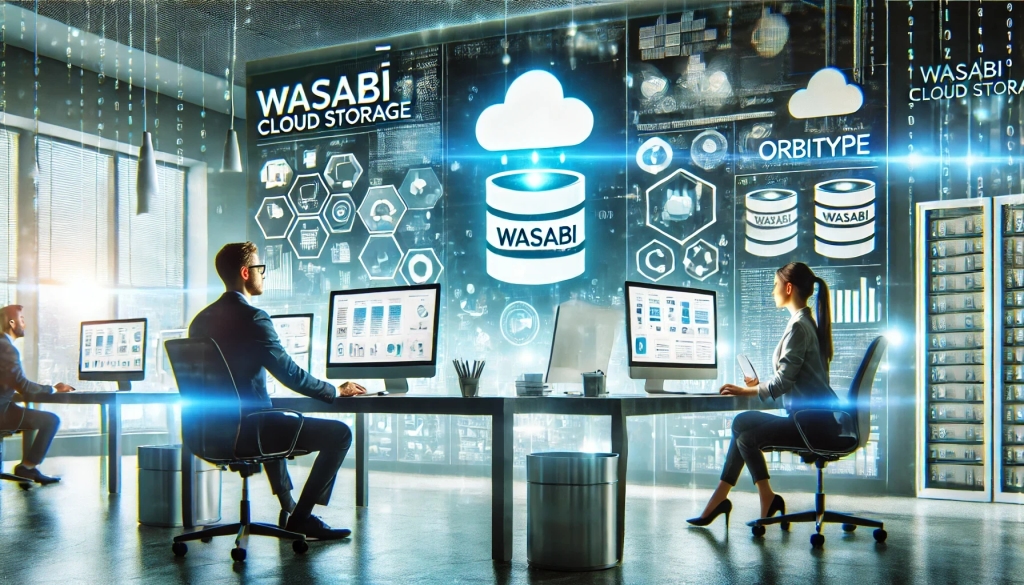
Seamless Data Management: Integrating Wasabi Cloud Storage with Orbitype
Boost your CMS performance with Wasabi Cloud Storage and Orbitype integration. Learn how this cost-effective, scalable solution enhances data management and delivers exceptional results.
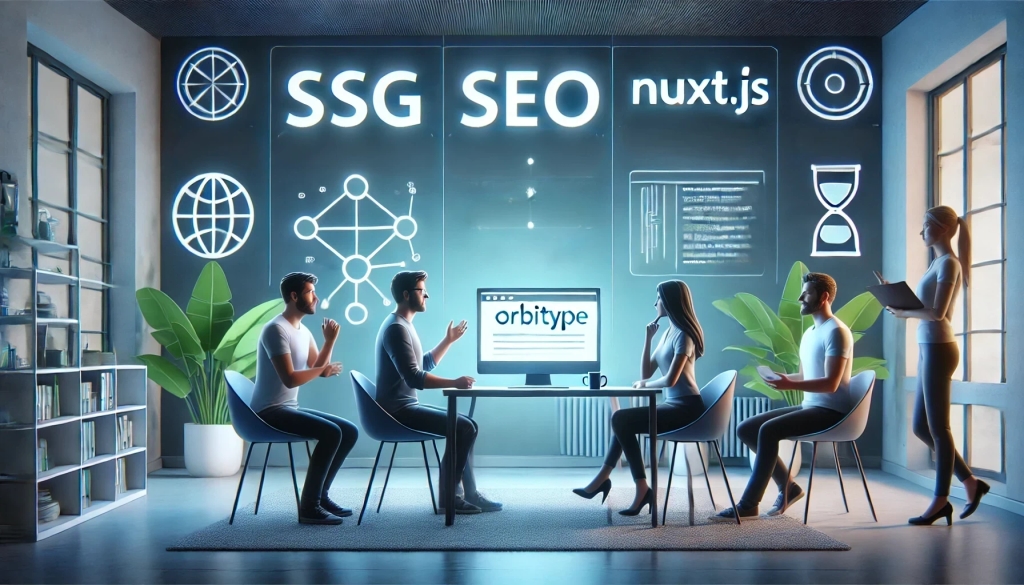
Integrating Orbitype with Nuxt.js for Optimal Performance and SEO
Leveraging Orbitype, a robust headless CMS, with Nuxt.js, a Vue.js framework, provides developers a powerful solution for building fast, SEO-optimized websites. This blog post explores how the integration of Orbitype and Nuxt.js harnesses the benefits of static site generation (SSG) and server-side rendering (SSR), thanks to Orbitype's API-driven content management system.
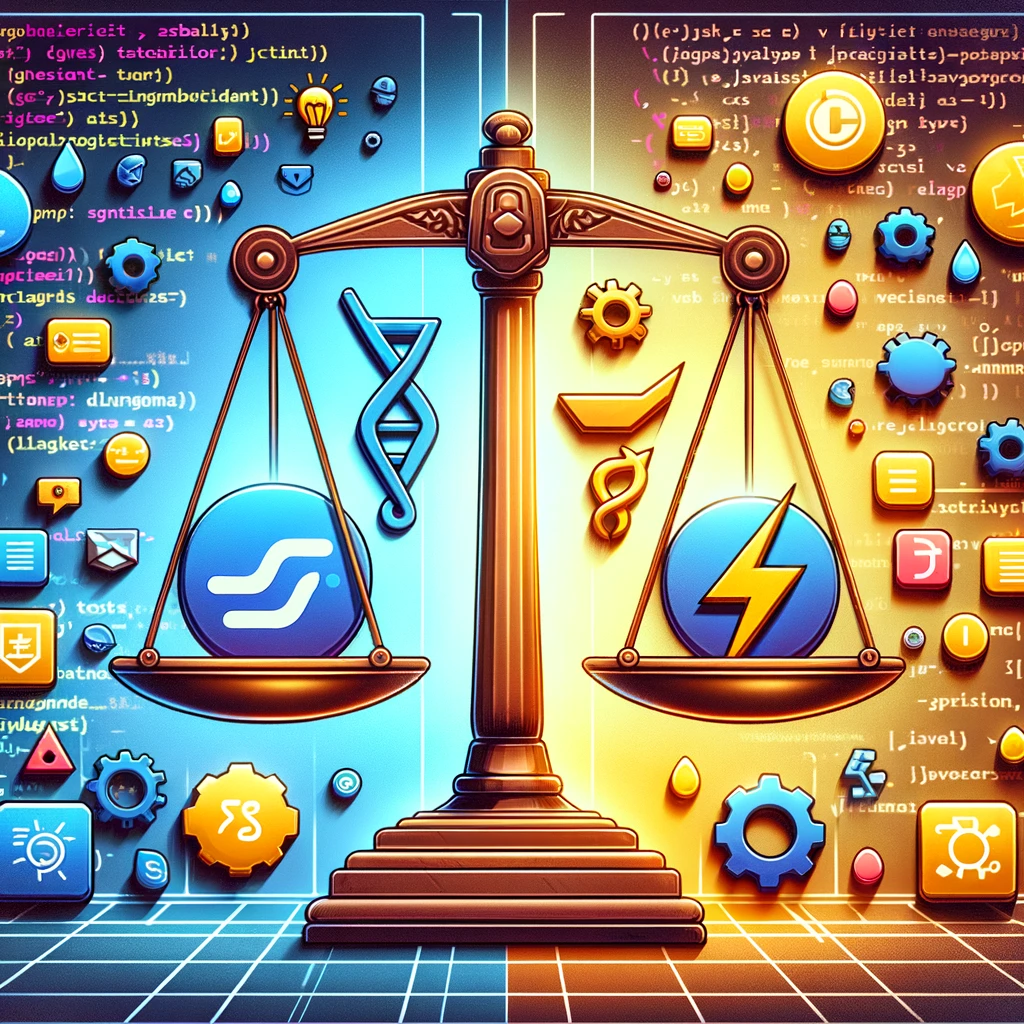
TypeScript vs. JavaScript
Discover the synergy between TypeScript and JavaScript for web development. Learn how Orbitype supports Nuxt CMS, headless CMS for Nuxt, and future-ready digital trends.
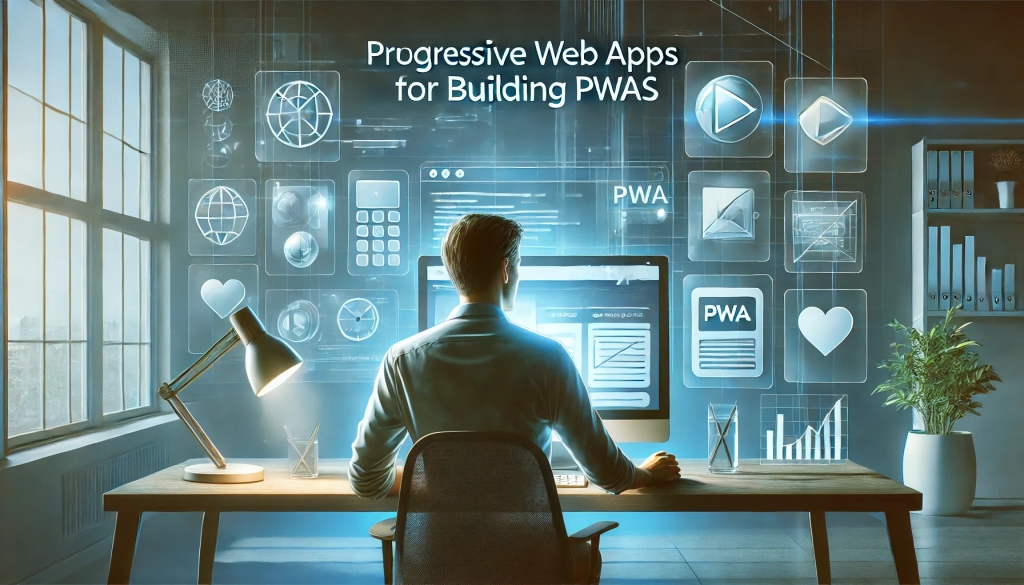
Building Progressive Web Apps (PWAs) with Orbitype
Explore how Orbitype enhances Progressive Web Apps (PWAs) with optimized performance, offline capabilities, and seamless content management for superior user experiences.
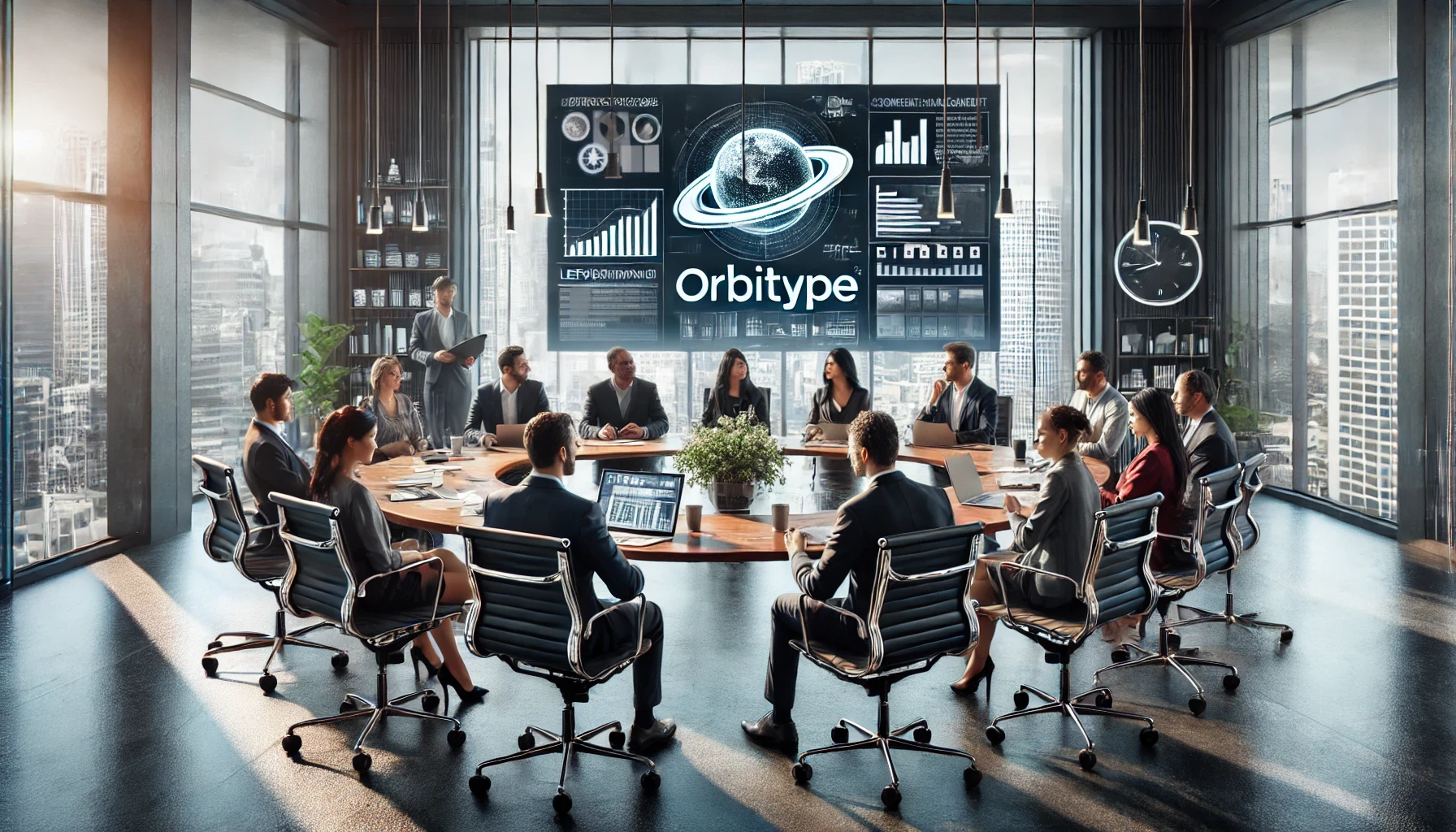
Leveraging Orbitype for Efficient Content Management in E-Commerce
nhance your e-commerce performance with Orbitype CMS. This scalable headless CMS simplifies content management, boosts SEO, and seamlessly integrates with Shopify, WooCommerce, and Magento for dynamic, flexible solutions.

Mastering Third-Party Integrations with a Headless CMS for Efficient Workflows
Streamline workflows and scale your business with seamless third-party integrations using Orbitype's flexible headless CMS—designed for efficiency, automation, and growth.
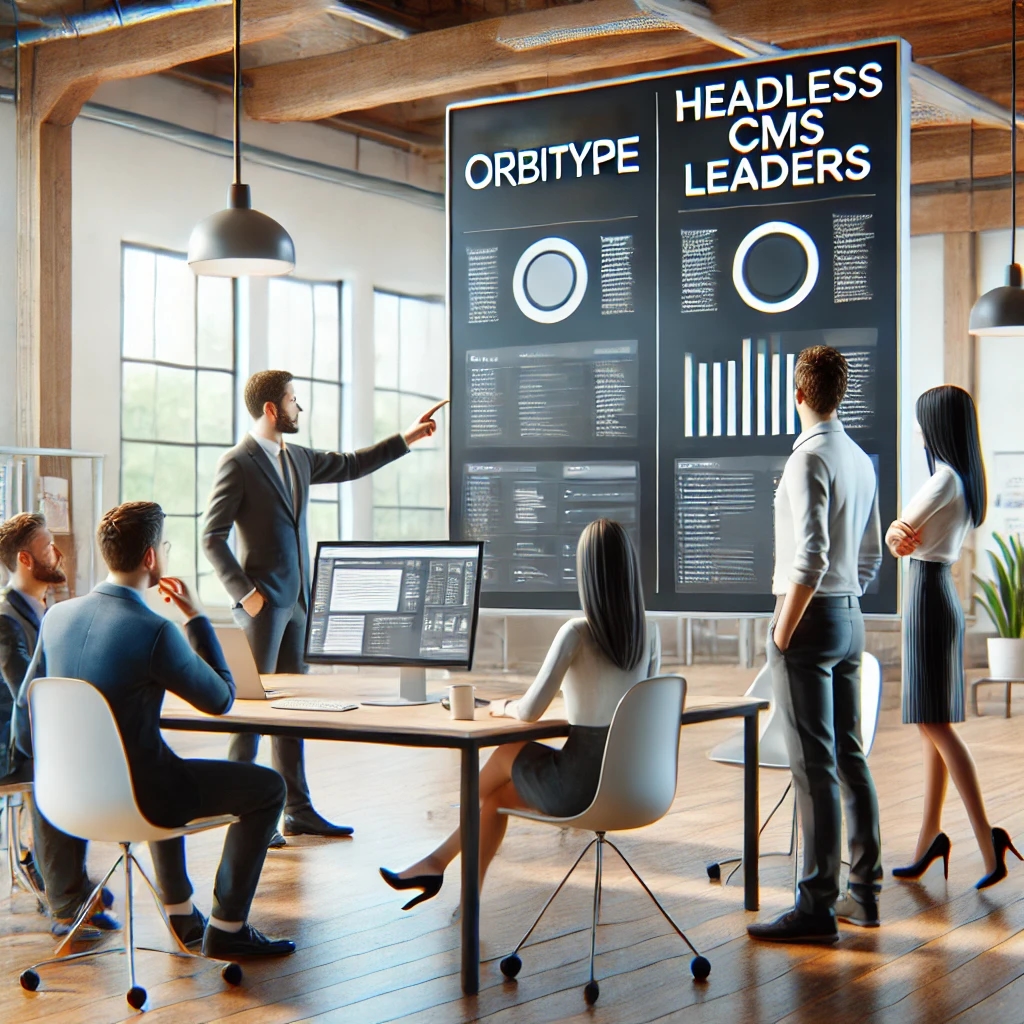
How Orbitype Compares to Headless CMS Leaders in 2025
Struggling to choose the best CMS? Discover how Orbitype compares to headless CMS leaders in 2025, solving complexity and scalability challenges with ease. Try Orbitype!
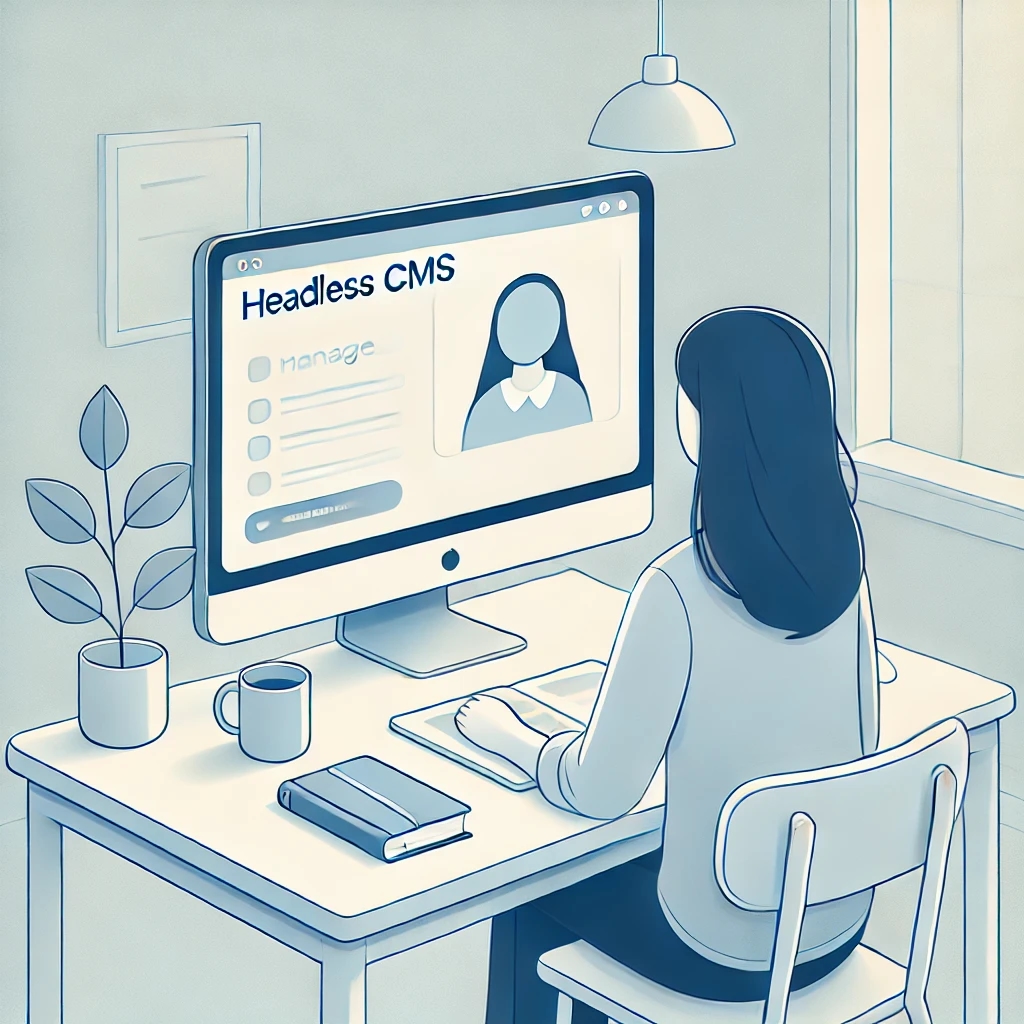
How Educational Institutions Benefit from Headless CMS for Online Learning
Enhance online learning with a Headless CMS. Discover how centralized content management, scalability, and seamless multi-channel access can transform educational platforms.
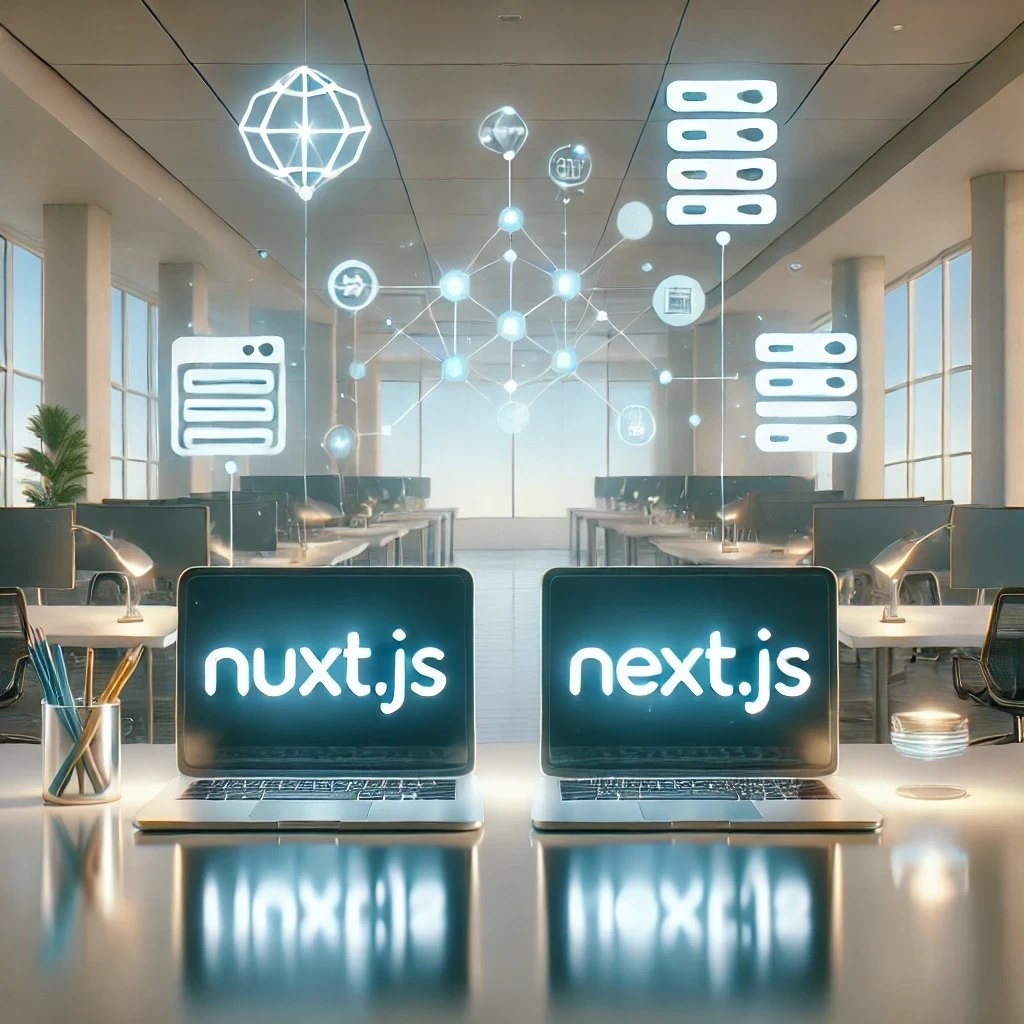
Nuxt vs Next: Which Framework Works Best with Headless CMS?
Compare Nuxt.js and Next.js to find the best frontend framework for your Headless CMS. Discover which offers better performance, scalability, and flexibility for dynamic web projects.
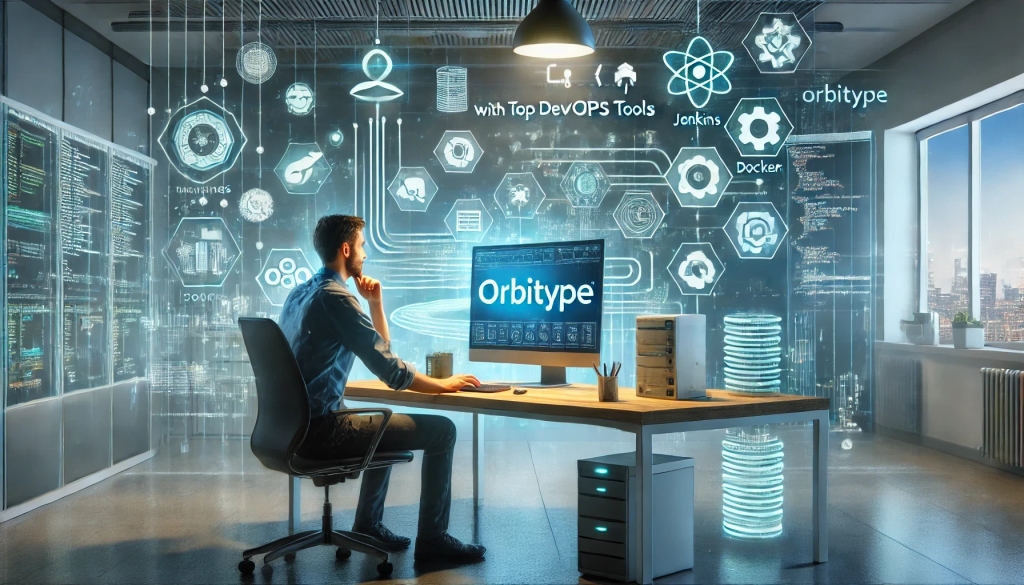
Streamlining Development: Integrating Orbitype with Top DevOps Tools
Discover how to integrate Orbitype with leading DevOps tools like Jenkins, Docker, and Kubernetes. Learn best practices for automating deployments, containerizing Orbitype, and scaling efficiently while streamlining workflows for continuous integration and delivery.
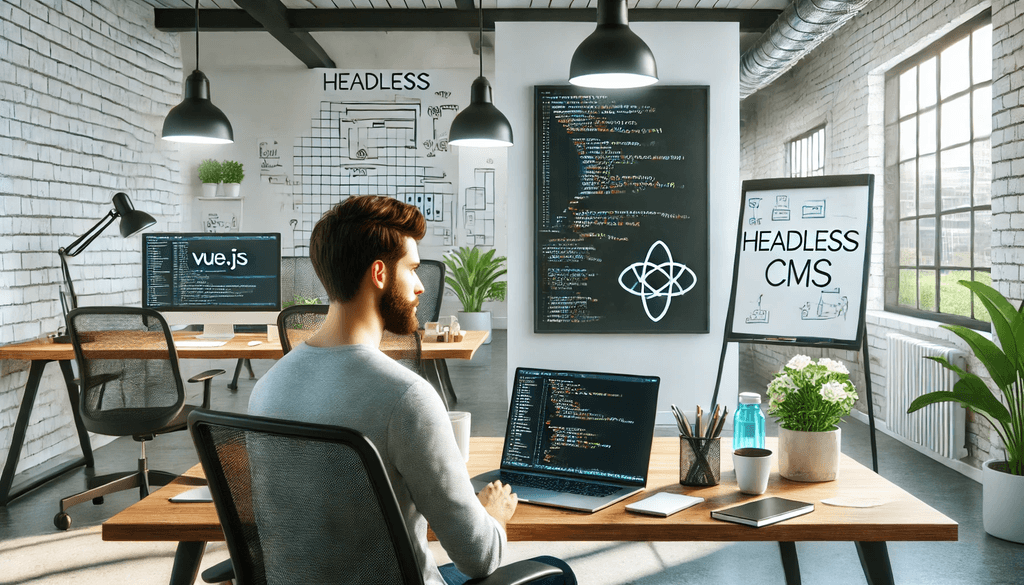
Building High-Performance Vue Apps with a Headless CMS
Discover how to optimize Vue.js apps with a Headless CMS for high performance, scalability, and SEO. Learn best practices and tools for creating dynamic web apps.

SQL or NoSQL: What's Best for Mobile Applications Using Orbitype?
Explore Orbitype, the ultimate headless CMS for React developers, offering seamless content management, enhanced performance, and flexibility to create dynamic web applications with ease. Learn how Orbitype simplifies workflows and boosts productivity.
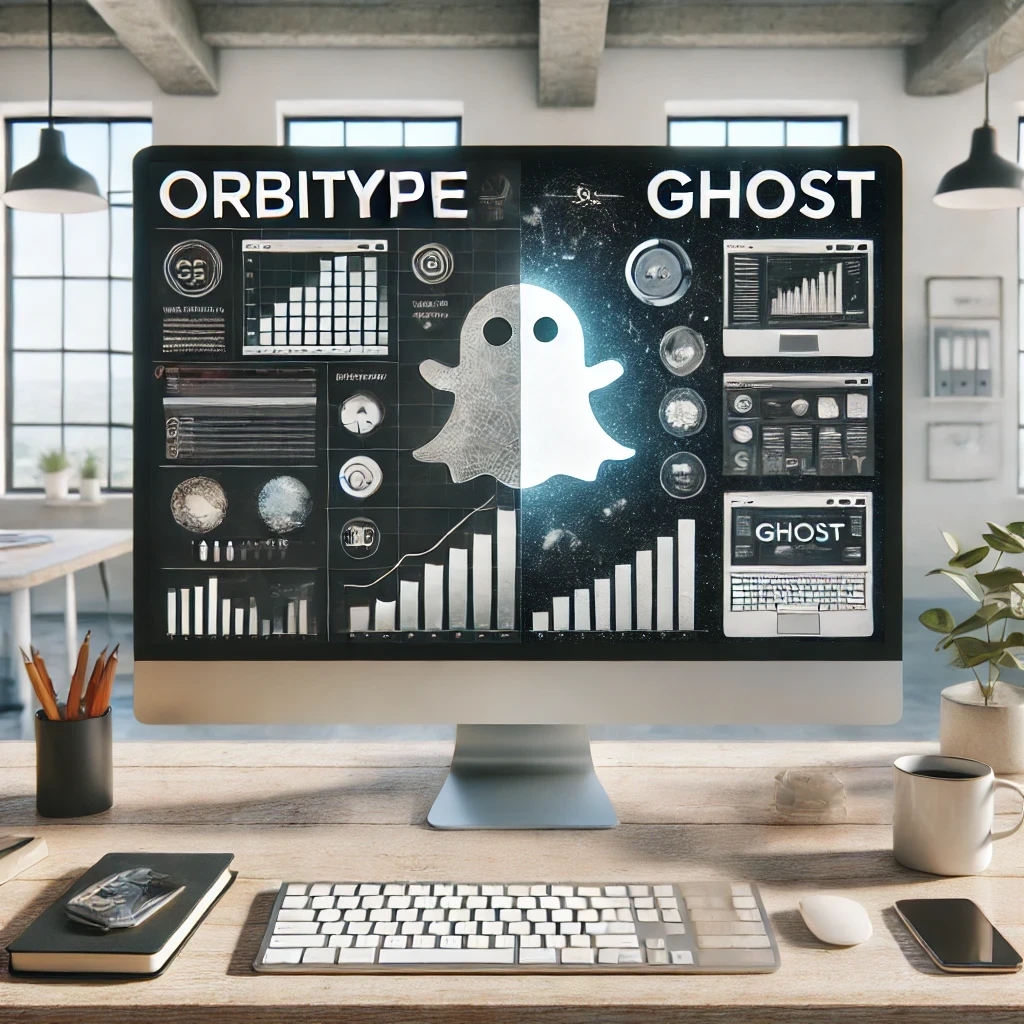
Comparing Orbitype and Ghost: Best CMS for Blogging in 2025
Compare Orbitype and Ghost to find the best CMS for blogging in 2025. Discover which platform suits your goals, from scalability to simplicity and dynamic content
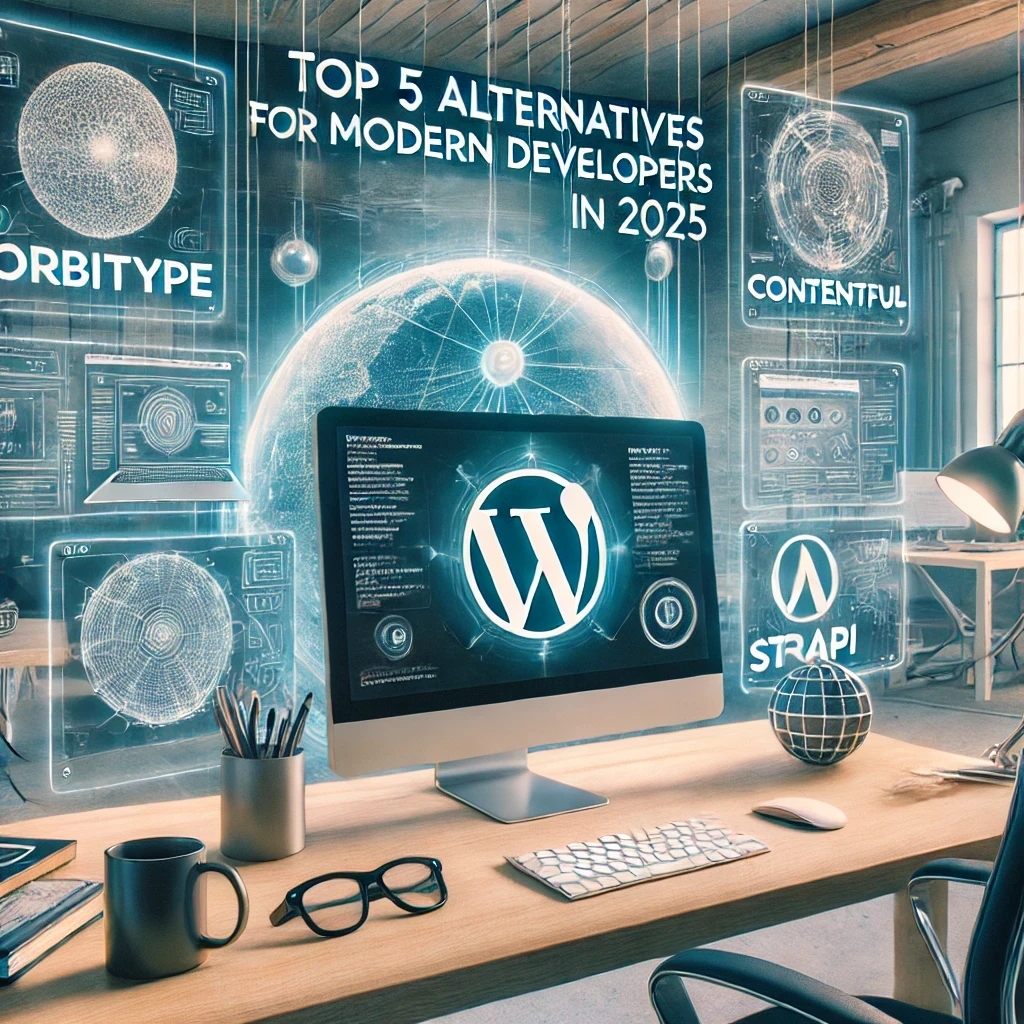
Top 5 Alternatives to WordPress for Modern Developers in 2025
Discover the top WordPress alternatives for 2025, including Orbitype, Contentful, and Strapi. Explore modern CMS platforms offering scalability, flexibility, and cutting-edge tools for developers.

Security and Compliance in Headless CMS: Focus on Orbitype
Explore headless CMS security with Orbitype: advanced authentication, data encryption, and compliance with GDPR & CCPA. Learn best practices for secure CMS operations.

10 Tips for Optimizing Core Web Vitals in Headless CMS Websites
Discover 10 actionable tips to optimize Core Web Vitals for Headless CMS websites. Improve performance, SEO, and user experience with these essential strategies.
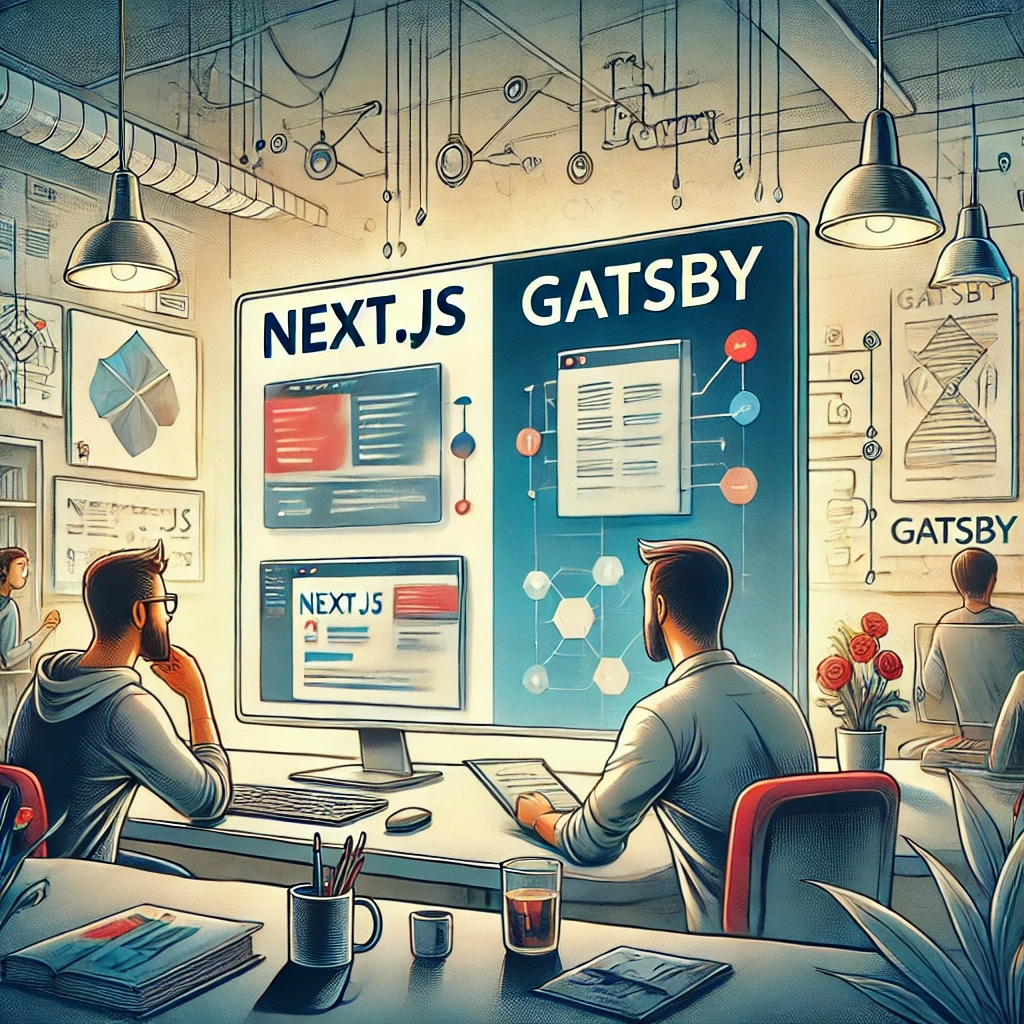
Next.js vs Gatsby: Which Works Best With a Headless CMS?
Choosing between Next.js and Gatsby can be challenging when working with a Headless CMS. This guide breaks down their strengths and helps you decide which framework works best for your dynamic or static content needs.

CMS for Vue.Js - Orbitype Headless CMS
Explore Orbitype, the best Headless CMS for Vue.js, offering seamless API integration, dynamic content management, and unmatched performance for interactive front-end development.
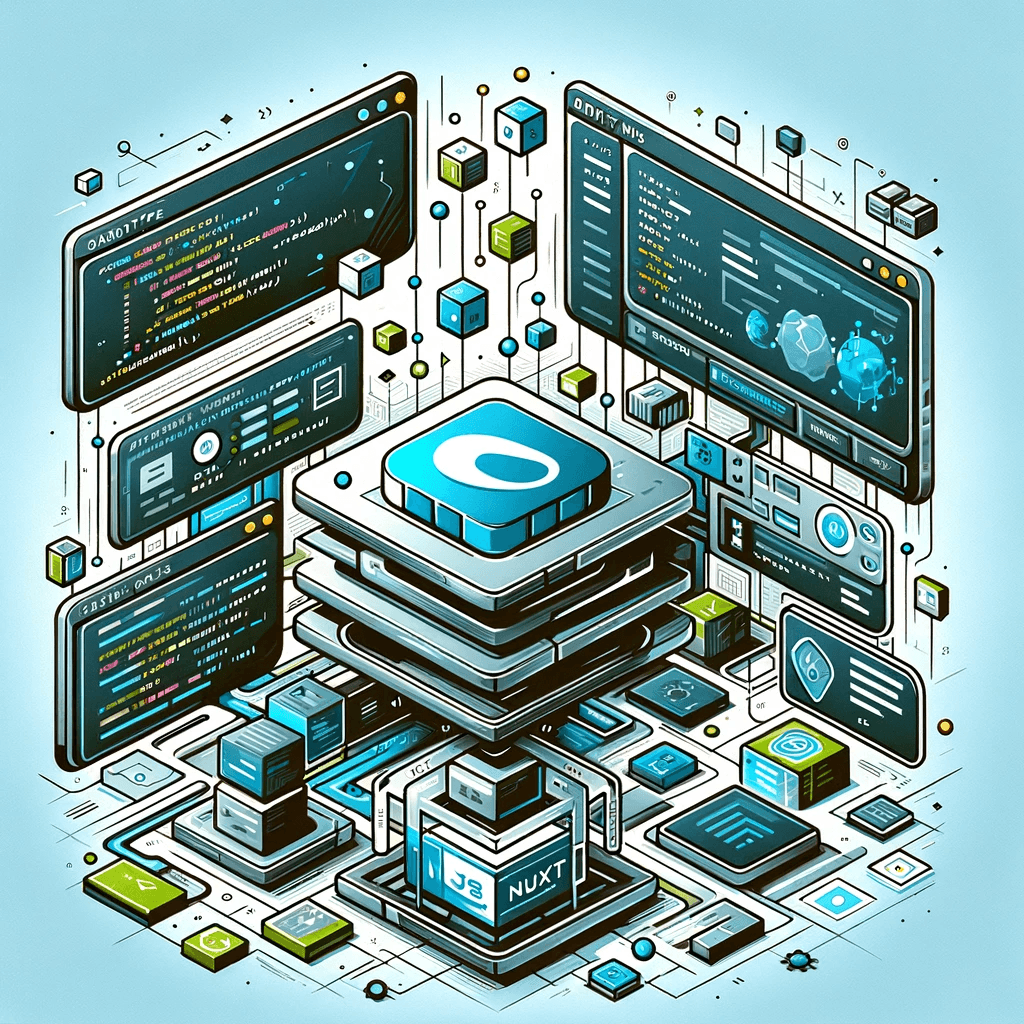
CMS for Nuxt - Orbitype Headless CMS
Optimize your Nuxt.js projects with Orbitype, the API-first Headless CMS offering scalable content management, multimedia repositories, and enhanced SEO for modern web applications.
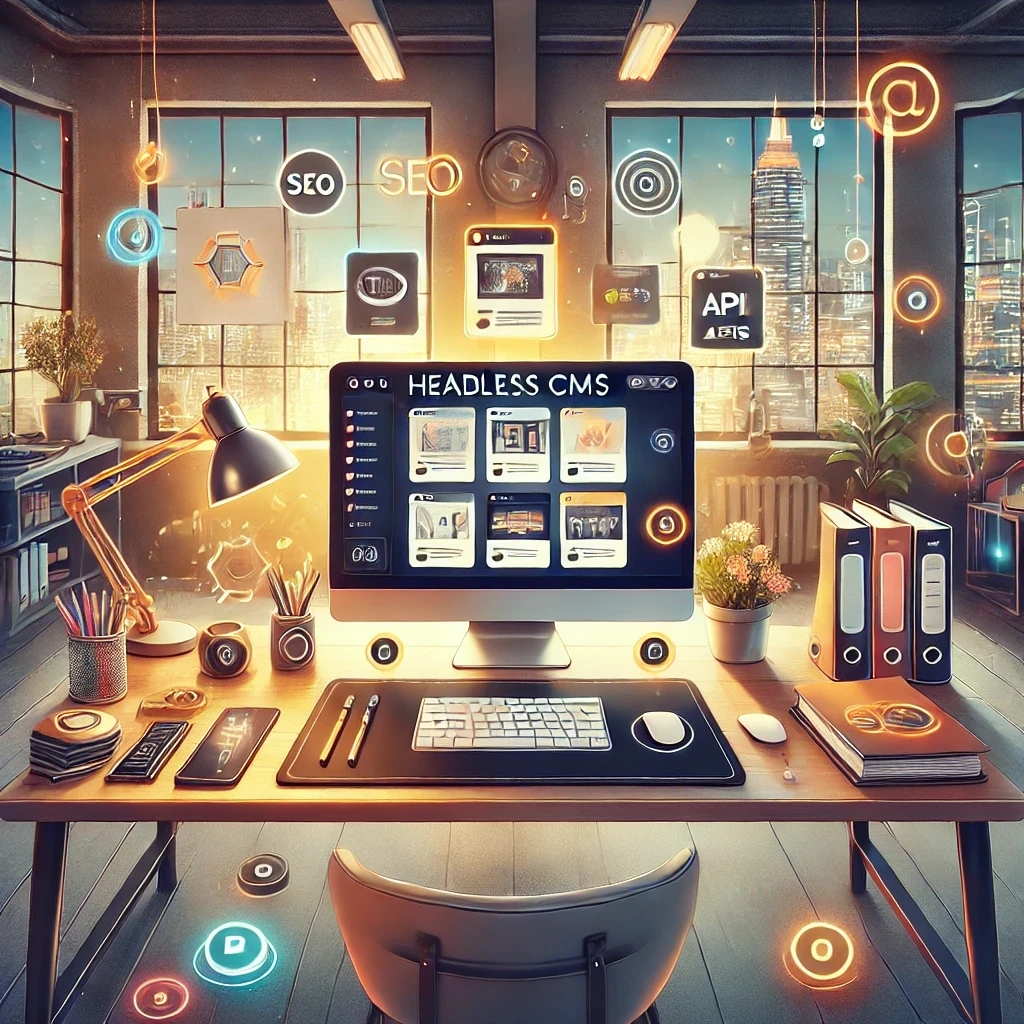
Best Headless CMS Solutions for Portfolio and Personal Websites
Showcase your work with ease using Orbitype—the ultimate Headless CMS for portfolio and personal websites. Enjoy seamless integration, powerful customization, and SEO-friendly features designed for creators and developers.
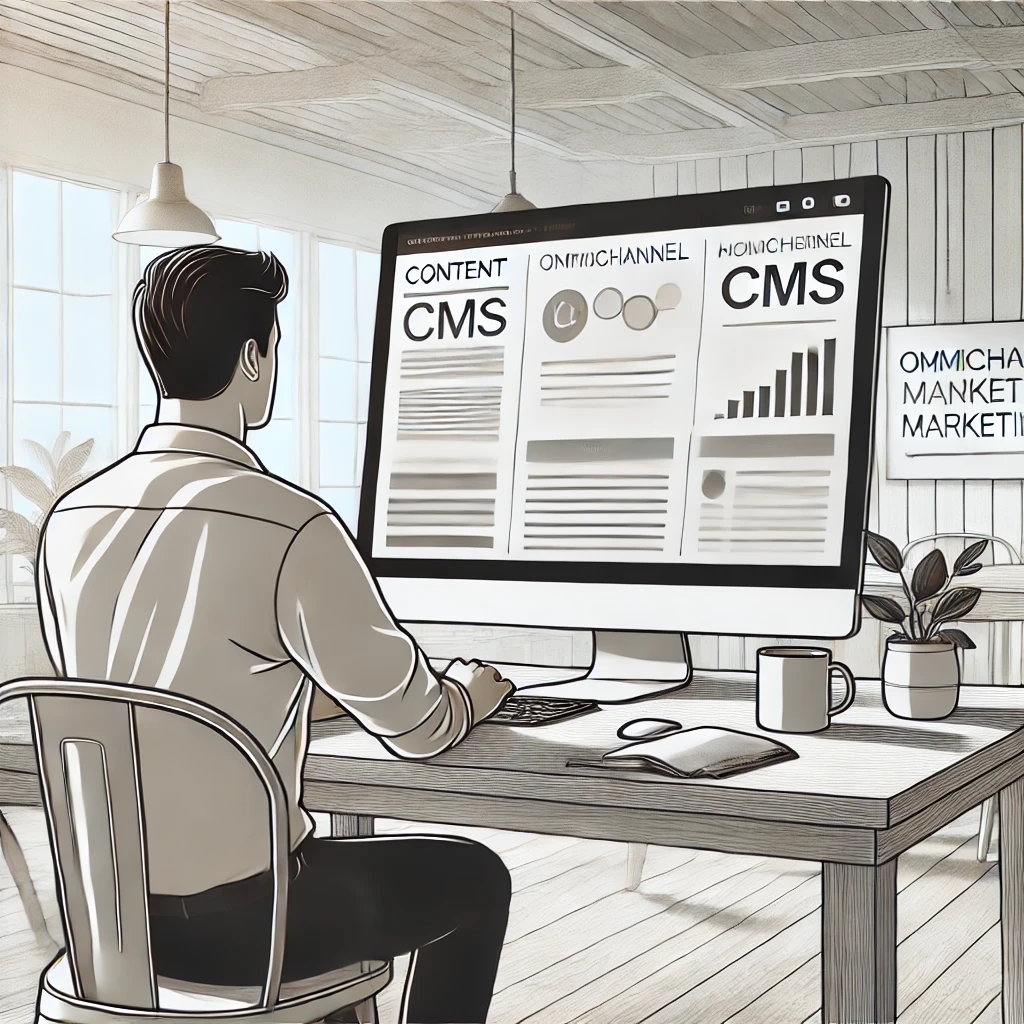
How Headless CMS Empowers Omnichannel Marketing Strategies
Boost your omnichannel marketing strategy with a Headless CMS. Centralize content management, deliver personalized customer experiences, and ensure consistency across platforms.
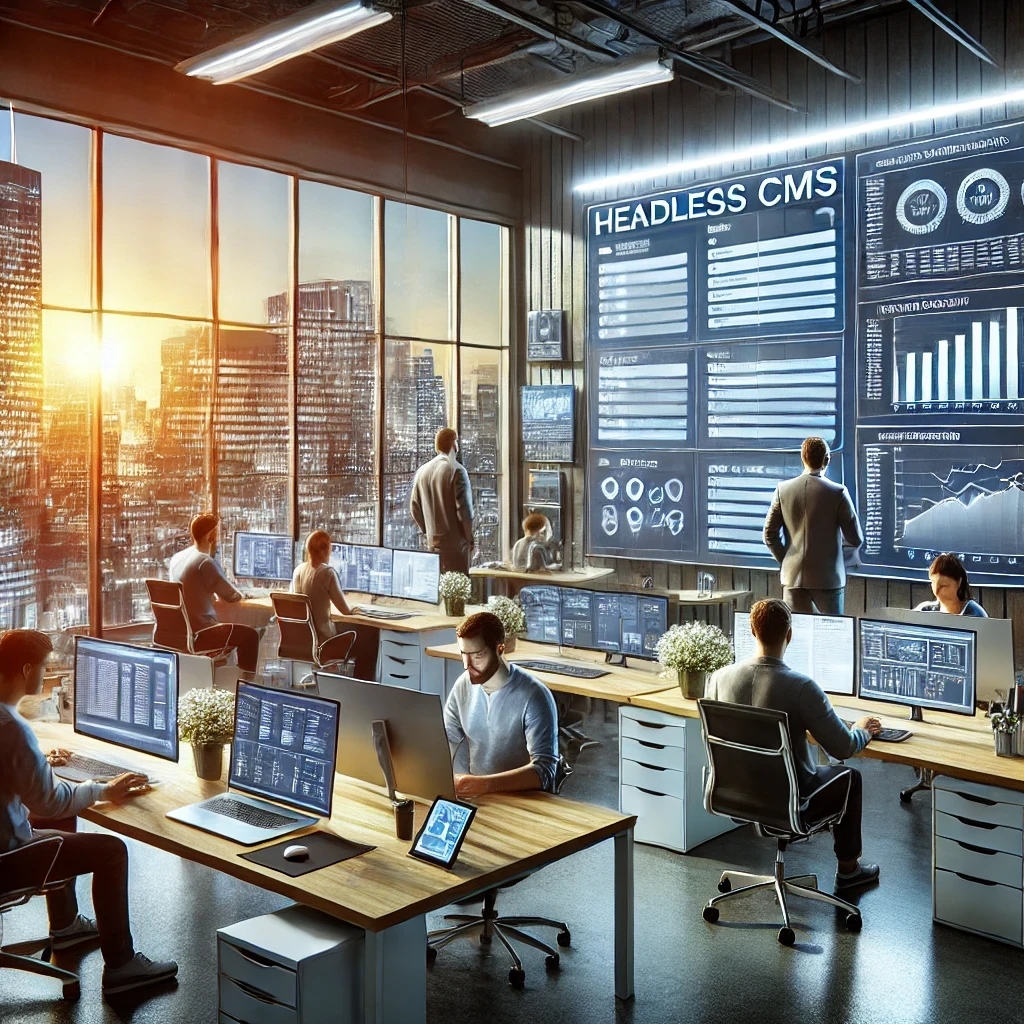
How to Scale Your Website with a Headless CMS for High Traffic
Scale your website effortlessly with a headless CMS like Orbitype—achieve faster load times, seamless scalability, and reliable performance during high-traffic surges
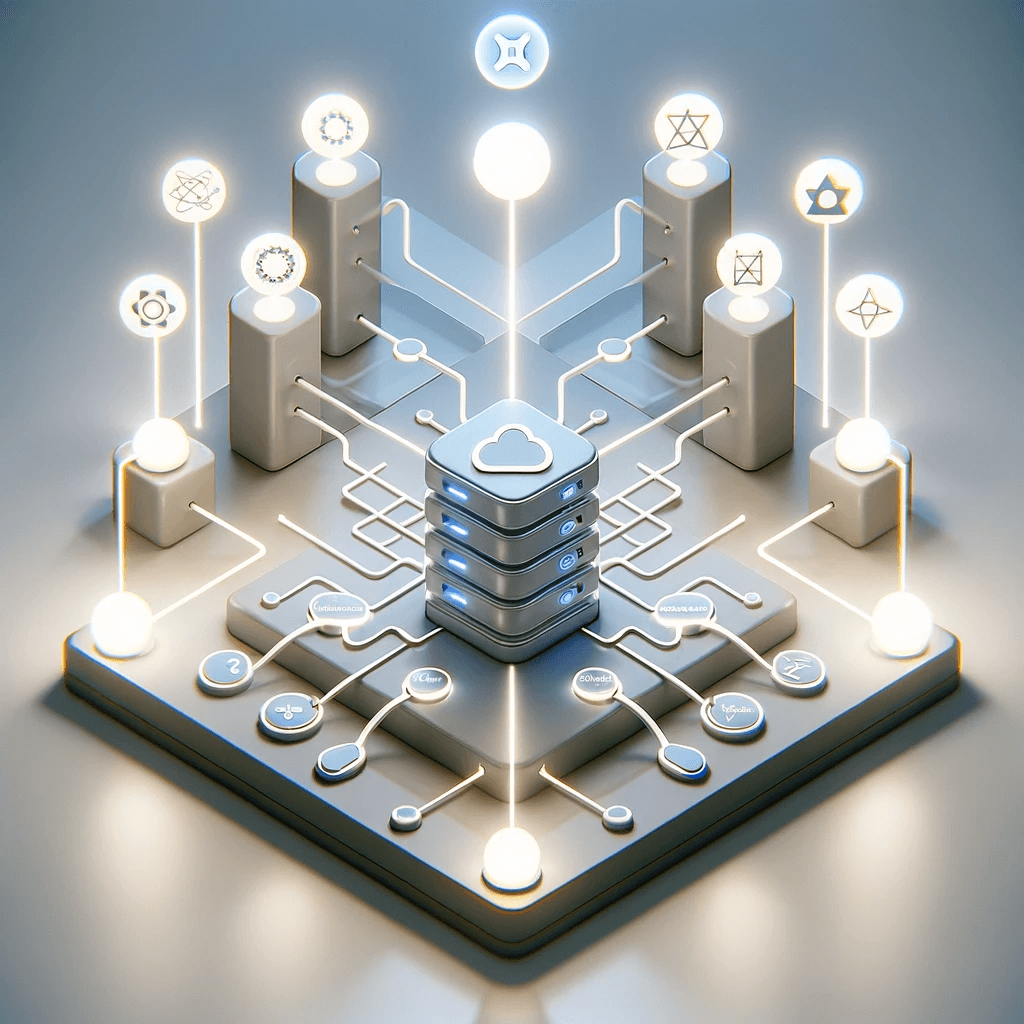
CMS for React - Orbitype Headless CMS
Orbitype is the ideal CMS for React developers, combining seamless API integration, flexible content management, and scalability to create fast, dynamic, and customizable web applications effortlessly.
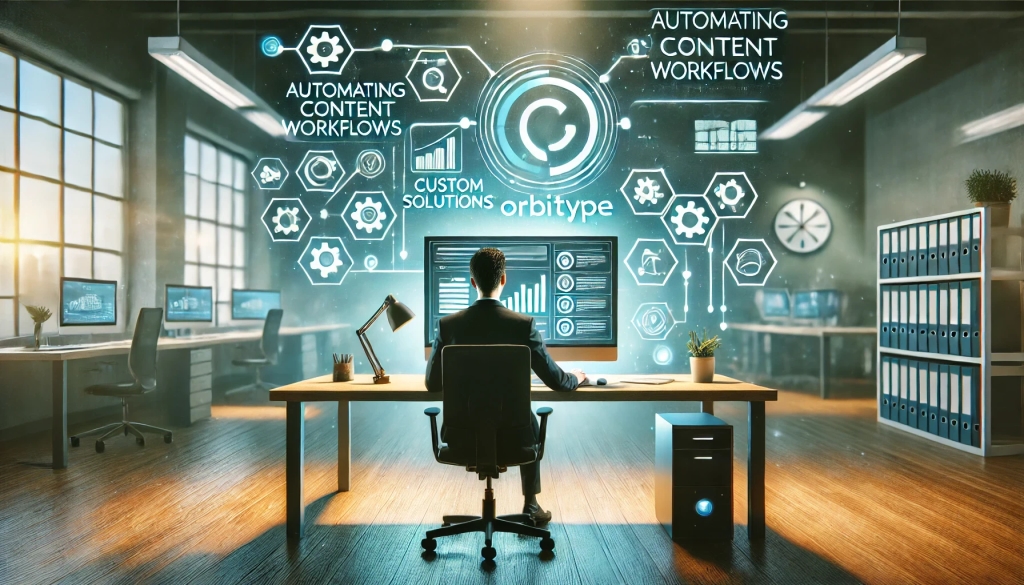
Automating Content Workflows with Orbitype’s Custom Solutions
Discover how Orbitype's custom CRM and ERP solutions revolutionize content workflows. Automate processes, reduce manual tasks, and improve productivity for software development agencies with tailored tools for seamless collaboration and efficiency.